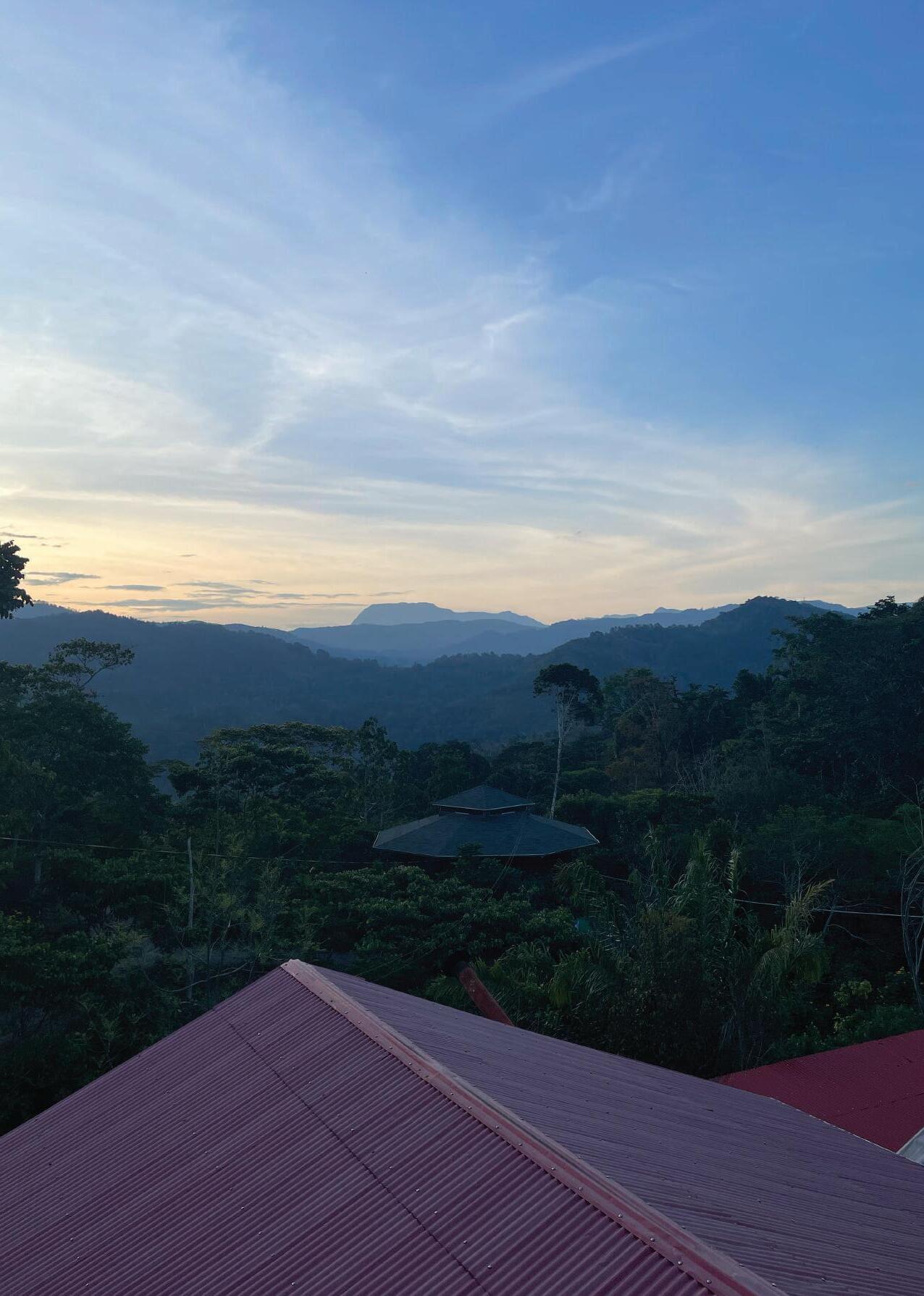
1 minute read
Coffee Pricing Complex
In our second year working with Andres Bazos, we wanted to share an insight that is common in Peru but not talked about too much, pricing. He’s a coffee producer determined to innovate beyond the traditional market constraints and seeks direct sales and new markets, aiming for better prices and independence from cooperatives and large coffee buyers.
MR: Can you explain the pricing model when you have to sell your coffee to one of the larger coffee buyers?
Advertisement
AB: The price of coffee is given by the NY Stock Exchange. We as producers have that base price when offering our coffee. Depending on the receivers that one can have, that price has a differential that moves up or down. It will depend on volumes, qualities, varieties, defects, punctuation and other factors.
MR: You have sold to one of the larger coffee buyers every year for over 5 years, how does this work?
AB: They offer security. They are a large company that needs a lot of volume. Its purchase capacity is very large, but also, their prices are the worst. Before it was the obvious option for producers in the area (Junin), but because the conditions they offer are in decline, we have to look for more attractive markets.
MR: What does your farm and coffee have to adhere to in order to sell to the big coffee buyers?
AB: To reach these types of buyers, you need your field and your agronomic management to follow certain rules of good practices. In our case, they have a technical team that visits the field, supervises, and audits the producers to follow the guidelines of their certifications.
MR: How have the conditions and premiums changed over the years selling to larger buyers?
AB: Large buyers exert more and more pressure on the producer and provide fewer benefits. This is making the producers look for a more direct sale in order to carry out our business. Coffee prices are very close to the equilibrium price, so looking for differentials in the price can mean the difference between having a positive or negative year.







